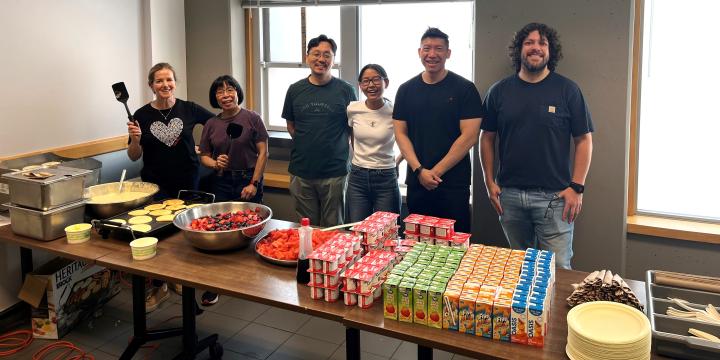
Asian Heritage Month: A Celebration of Food
Asian Heritage Month has been celebrated since the 1990s. In May 2002, the Government of Canada signed an official declaration to announce May as Asian Heritage Month, celebrating the many rich and varied cultures throughout the continent.
Asia is the largest of the five continents in area and population, in which Asian heritage is shared by the following:
East Asia: China, Japan, Korea, Mongolia, Taiwan
Southeast Asia: Brunei, Cambodia, Indonesia, Lao PDR, Malaysia, Myanmar, Philippines, Singapore, Thailand, East Timor, Vietnam
South Asia: Bangladesh, Bhutan, India, Maldives, Nepal, Pakistan, Sri Lanka
Western Asia: Armenia, Azerbaijan, Bahrain, Cyprus, Georgia, Iran, Iraq, Israel, Jordan, Kuwait, Lebanon, Oman, Qatar, Saudi Arabia, State of Palestine, Syria, Turkey, United Arab Emirates, Yemen
Central Asia: Afghanistan, Kazakhstan, Turkmenistan, Uzbekistan, Tajikistan
To celebrate this month, we decided to reach out to YWCA Metro Vancouver staff who identify as having Asian heritage to share memories of food that is culturally significant to them. Food goes beyond its simple nutritional value in many Asian countries – there are emotions, memories, and history that are passed down from generation to generation. Asking “Have you eaten yet?” is a common greeting for loved ones. Whereas, “We should grab a meal together sometime!” is said instead of “Let’s catch up sometime!” Sharing a meal is a central aspect of building and strengthening relationships.
Please enjoy this video with various food submissions from our staff, and for more detailed stories behind the food, read our blog below. Thank you staff for sharing your culture and memories with us all. Enjoy!
The Story Behind the Food
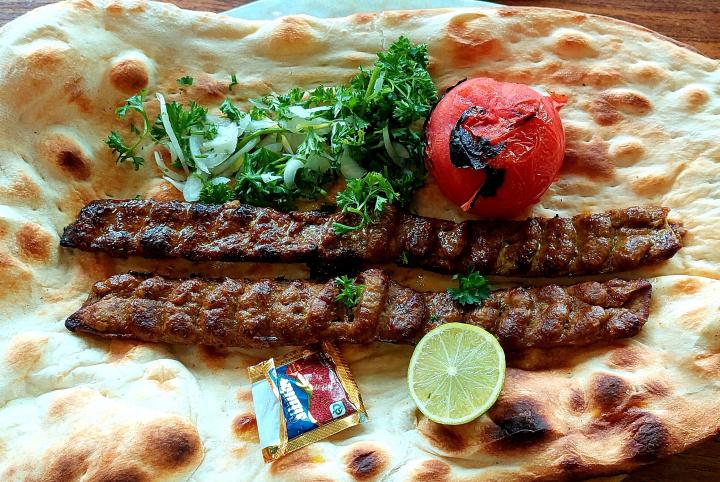
“Herbs play an important role in Iranian cuisine and are used in a variety of dishes to add flavor and aroma. Some common herbs we use are basil, parsley, cilantro, mint, shevid (dill), tarragon, fenugreek, and chives. Basil is a common side for Koobideh, the most favorite Iranian kebob; Parsley is often added to stews, soups, and salads, and is a side for many foods; cilantro is usually added to salads, soups, and stews; mint is used to flavor teas, yogurts, and salads; tarragon is used in Iranian stews and soups, and to flavor pickles. These herbs are often combined to create a mixture called Sabzi Khordan which is served as a side dish with many Iranian meals. The mixture is typically served with bread, feta cheese, and walnuts.”
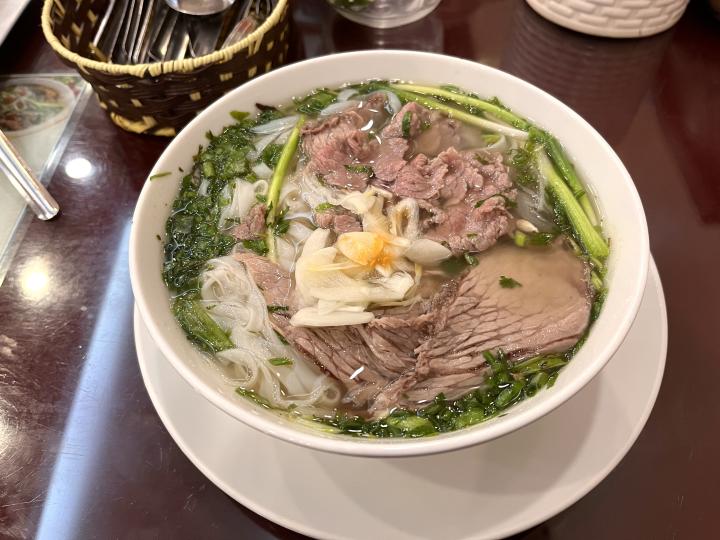
“I grew up with pho being one of the most popular dishes in Vietnam. We have pho (pronounced [fuh] not [foe]) for breakfast, lunch, dinner, and pho for sick family members to help them recover fast. We would eat pho on any occasion. When I came to Canada, seeing pho in many restaurants was a nice surprise.”
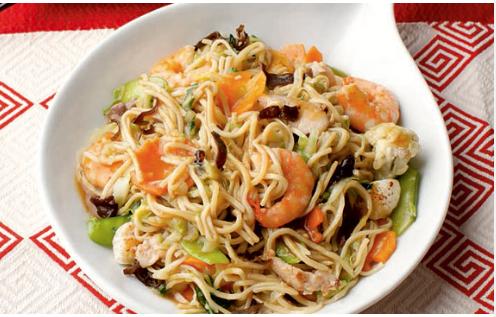
“We did not have many traditions growing up, but one that we always maintained was having noodles on our birthdays. This is a tradition that my family still keeps today. These noodles are also known as longevity noodles and symbolize wishes for a long life, so you want to eat the noodle as a whole. They are also eaten on other special occasions like weddings, celebrations for a new baby, and Lunar New Year.”
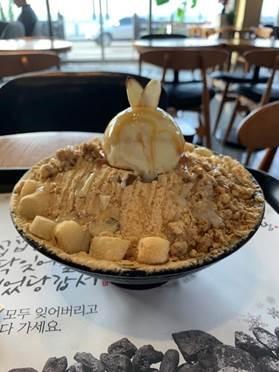
“In Korea, we value meals A LOT. We even have a word called 밥심 [Bop-sim] which means meal-power. With the weather getting warmer, I would like to introduce one of the desserts which is 빙수 [Bingsu] or shaved ice. On top of shaved iced milk, there are different toppings such as seasonal fruits, rice cake, ice cream, granola, caramel sauce, and condensed milk. In addition, there are other Asian countries that feature different toppings or ingredients for the ice as well.”
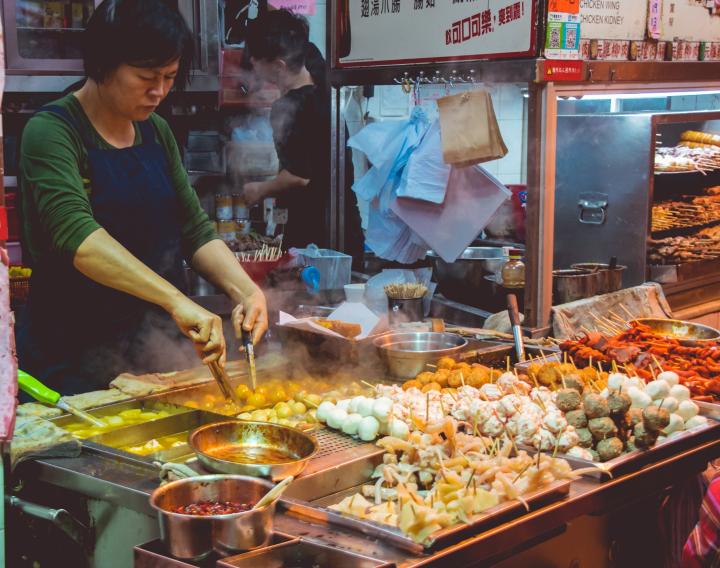
“The amazing street food culture in Hong Kong was one of my favorite things growing up. It breaks my heart to see these vendors and traditions fading away, but the smell of street food instantly transports me back to my grandma's place where my cousins and I eagerly scrounged up our laisees (red pocket money) to buy delicious fish siumais and egg bubble waffles from the vendors down the street. These cherished memories will always hold a special place in my heart.”
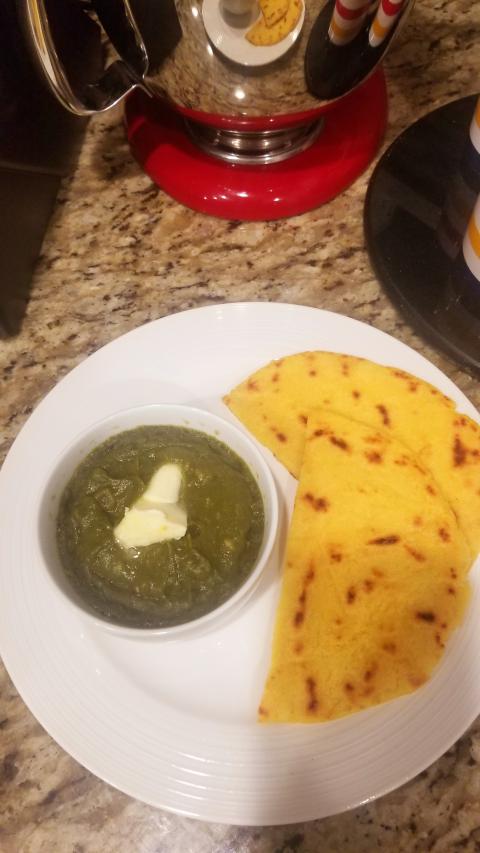
“Punjabi food and it’s traditions are rich in my family and whenever we have Saag (curried spinach and greens) and Makki Roti (cornflour chappati) it is the food that connects me to my childhood, as my grandmother taught me how to make it, and then I cooked it together with my mom as an adult and now I cook it for my family. It takes a lot of love to make, and three hours of cooking time for the perfect consistency. But it's always worth it.”
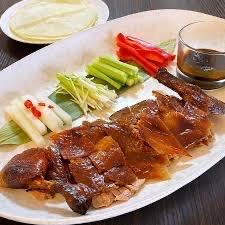
“For special occasions, we have the popular Peking Duck - a roast duck dish – and everyone loves the tender crunchy meat wrapped in the crepe. This is not something one would make at home so we would go to our favorite restaurant. Most restaurants require you to pre-order this dish.”
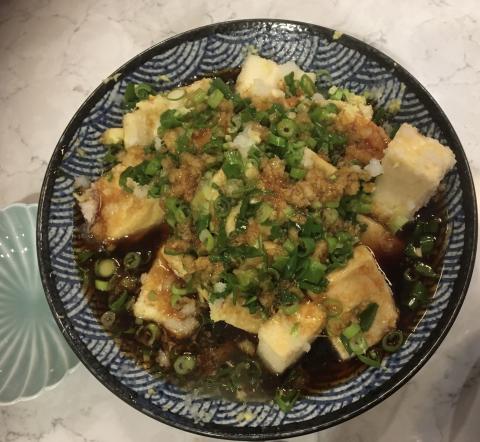
Age Dashi Tofu and Umeshu 梅酒 (plum wine)
"Tofu is a traditional food for Japanese people and there is a large variety of recipes. I often make Age Dashi Tofu dish for my family. It is a popular dish for potlucks. Age Dashi Tofu - Age means deep-fry, Dashi means broth.
My Age Dashi Tofu recipe comes from my mother. It is a bit darker colour, and sweeter than other traditional recipes. People from Northern Japan tend to have stronger tastes by using darker soy sauce. People from South and West Japan use lighter soy sauce in their broth. My mother is from the northern tip of the Japanese main island where everything is a bit saltier and the broth is a bit thicker.
My Age Dashi Tofu has lots of dark soy sauce, sake and mirin seasoning in the broth. Some of my Japanese friends say, “Oh you must be from northern Japan!”
In May and June in Japan, we have a very short harvest season for a special type of green plum. Families in the countryside often have their own plum, and sometimes Yuzu trees, in their yard. Our old family house had a nice plum producing tree, from which we made our own homemade wine. We usually let the wine sit and steep for a year or more. Similar to wine or whiskey, as it ages, it will be more rich, mild and flavourful. Just last May, I was in Japan and got to make plum wine.
My parents made homemade plum wine every year. They would write down the year it is made on the top of the jar. If it’s a memorable year for a family event, they put a special note on the jars. My parents made a special jar the year their grandson was born. The jar has a note that says, “We will enjoy this plum wine when our grandson turns 20 together!”
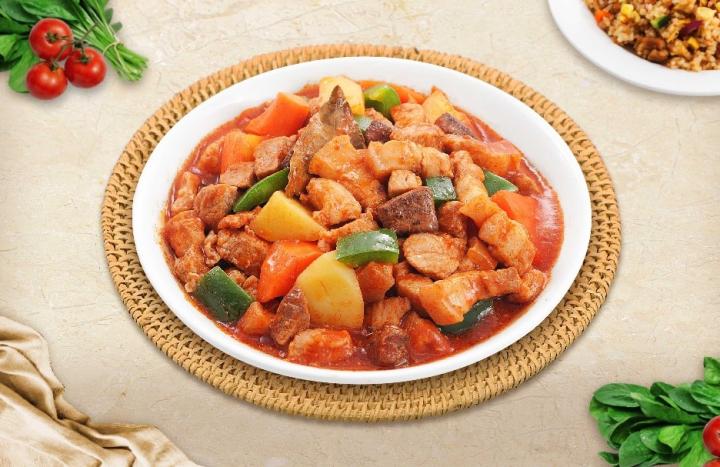
"Filipinos are outgoing and sociable people who love to party – with food at the center of their many celebrations. Filipino food combines Eastern and Western ideas and is strongly influenced by Chinese and Spanish traditions.
Filipino food defies any singular characterization. It is identified by the way it fuses Asian and European ingredients. For example, in the robust and popular Pork Menudo dish, recipes have it blending tomato sauce with soy sauce and sometimes, even with cheese. As with all other Southeast Asian cuisines, we often find local Southeast Asian ingredients like chilies, coconuts, shrimp paste, lemongrass and fish sauce (patis). From the Chinese traders who have been going to the Philippines since the 11th century, the Filipino pancit has its roots in noodle dishes from China.
The Spanish colonized the Philippines in the 16th century introducing their flavours to the Filipino cuisine – olive oil, paprika, saffron, cheese, ham and cured sausages. The locally adapted Paella has Spanish roots.
Just as in the other Southeast Asian countries, a typical Filipino meal often consists of white rice eaten with a variety of dishes, all of which taste better when consumed together with family and friends."
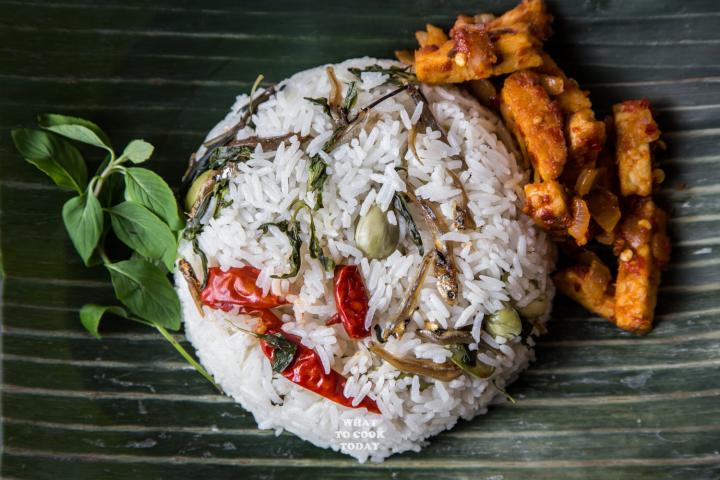
"Eating nasi liwet (rice cooked in coconut milk) together on an elongated banana leaf originated from Javanese tradition in Indonesia. Nasi liwet is arranged lengthwise, following the flow of banana leaves, accompanied by side dishes and vegetables, and then eaten face to face.
Eating together on the leaves is also full of deep meaning as they gather to eat on the same leaf mat, without curtains that differentiate their socio-economic status. Humility towards one another and kinship is reflected in the joint meal. Additionally, eating on the leaves is also healthier because the food does not spoil easily and is natural."

"Coming from the North of India, home-cooked Rajma Chawal made by my mother has always been a comfort food for me. Rajma is the Hindi word for kidney beans, and Chawal is the Hindi word for rice. It is usually eaten together with steamed Chawal and Rajma cooked with a bunch of Indian spices such as turmeric, red chili, coriander, asafoetida, garam masala, cardamom, clove, and dry mango powder. Some chopped onions on the plate are a common way of enjoying the dish. A mildly spiced mango pickle is another accompaniment. One of the reasons why Rajma Chawal is a comfort food for me is its simplicity. It's a meal that can be easily prepared in a short amount of time (as long as you don’t forget to soak the Rajma in water overnight). The combination of rice and kidney beans provides a good balance of protein and carbohydrates for vegetarians like me, making it a perfect meal to keep me full and energized."
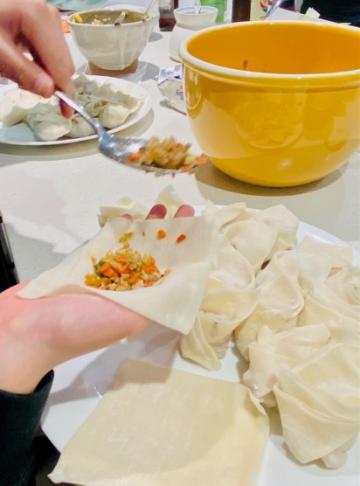
“Food is not rational. Food is culture, habit craving and identify.” - Jonathan Safran Foer.
"I have always felt at a distance from my ethnic roots. Food! has always been a wonderful way for me to directly connect with my Chinese heritage. I have warm memories from my childhood, sitting at my Por Por’s (grandmothers) round wooden table, with the plastic retro tablecloth, making wonton (Chinese dumplings) with her and my cousins. She would start with a large bowl, no recipe, no measurements - she would effortlessly toss and sprinkle the ingredients into the bowl, forming a small mound of meat and other things I wish I had written down. She would slice through the mound with a metal fork, mixing everything up together. While there was no written recipe, the ingredients never changed (suggestions for new ingredients were brushed aside). The last steps were always for her to touch her finger to the mixed ingredients and then to touch it to her tongue, testing the salt level (ew I would always think .. raw meat!). Once the stuffing was ready, we’d sit in a circle and work together stuffing and folding … on repeat as large trays of dumplings would appear. It was a time to connect, to catch up and to create something together. The dumplings were always boiled and served in a warm soup with vegetables. The dumplings carried comfort, a taste of home and family connection! Today, my family, loves making and eating dumplings together (boiled, steamed, fried – in any form) and from an array of cultures that make dumplings in their own special way (e.g. Gyoza, Mandu, Xiao Long Bao). Check out the history of dumplings."

